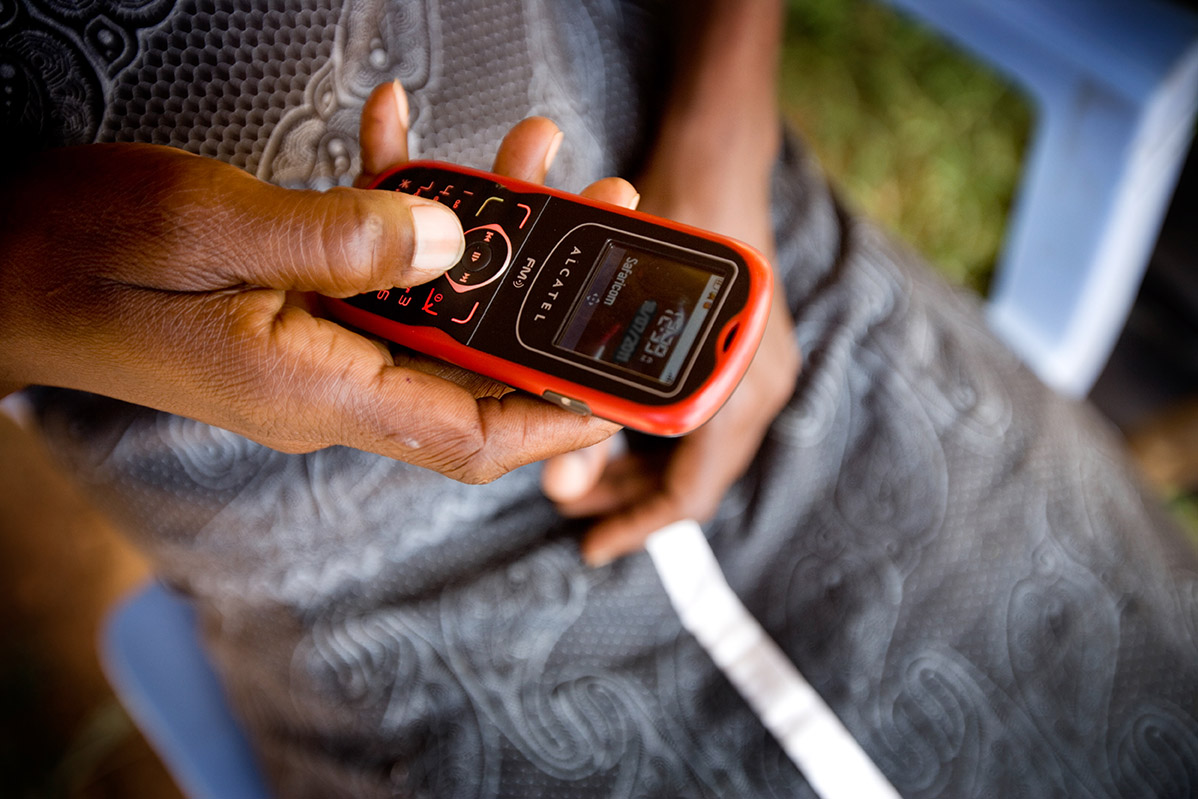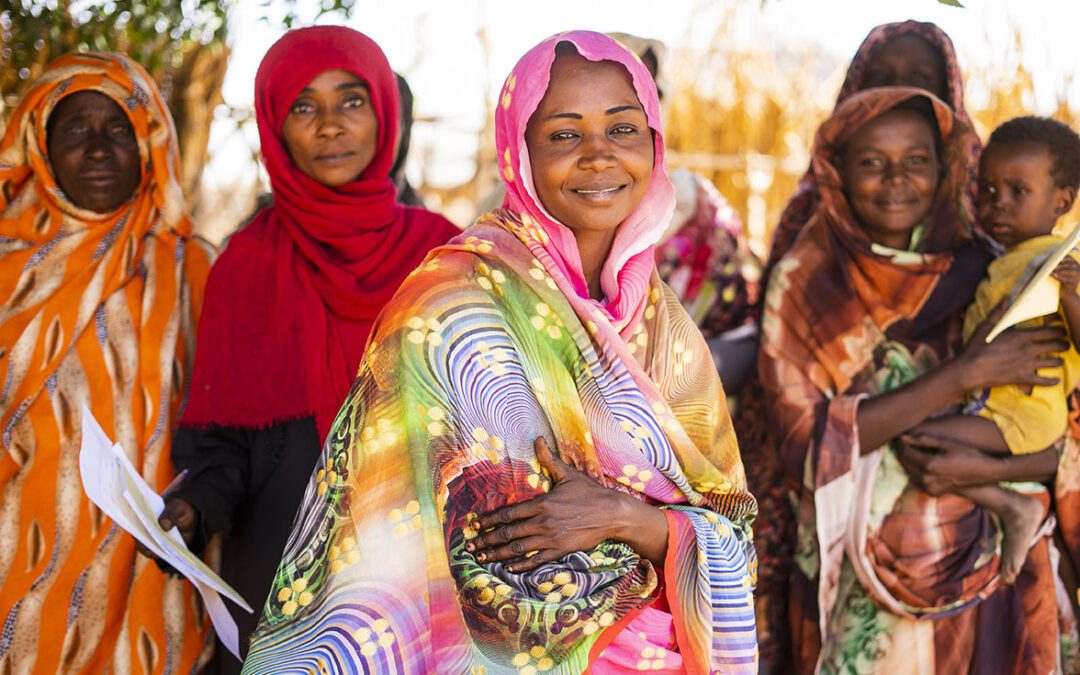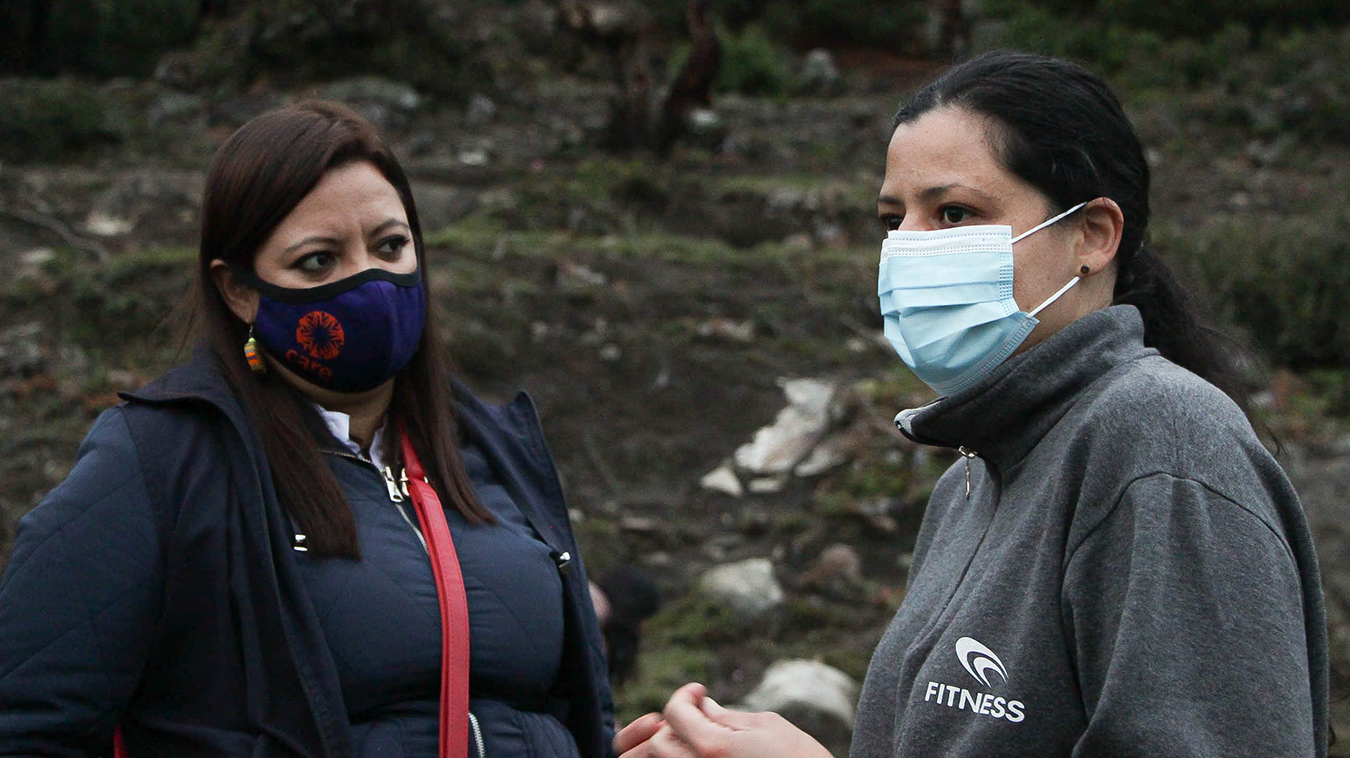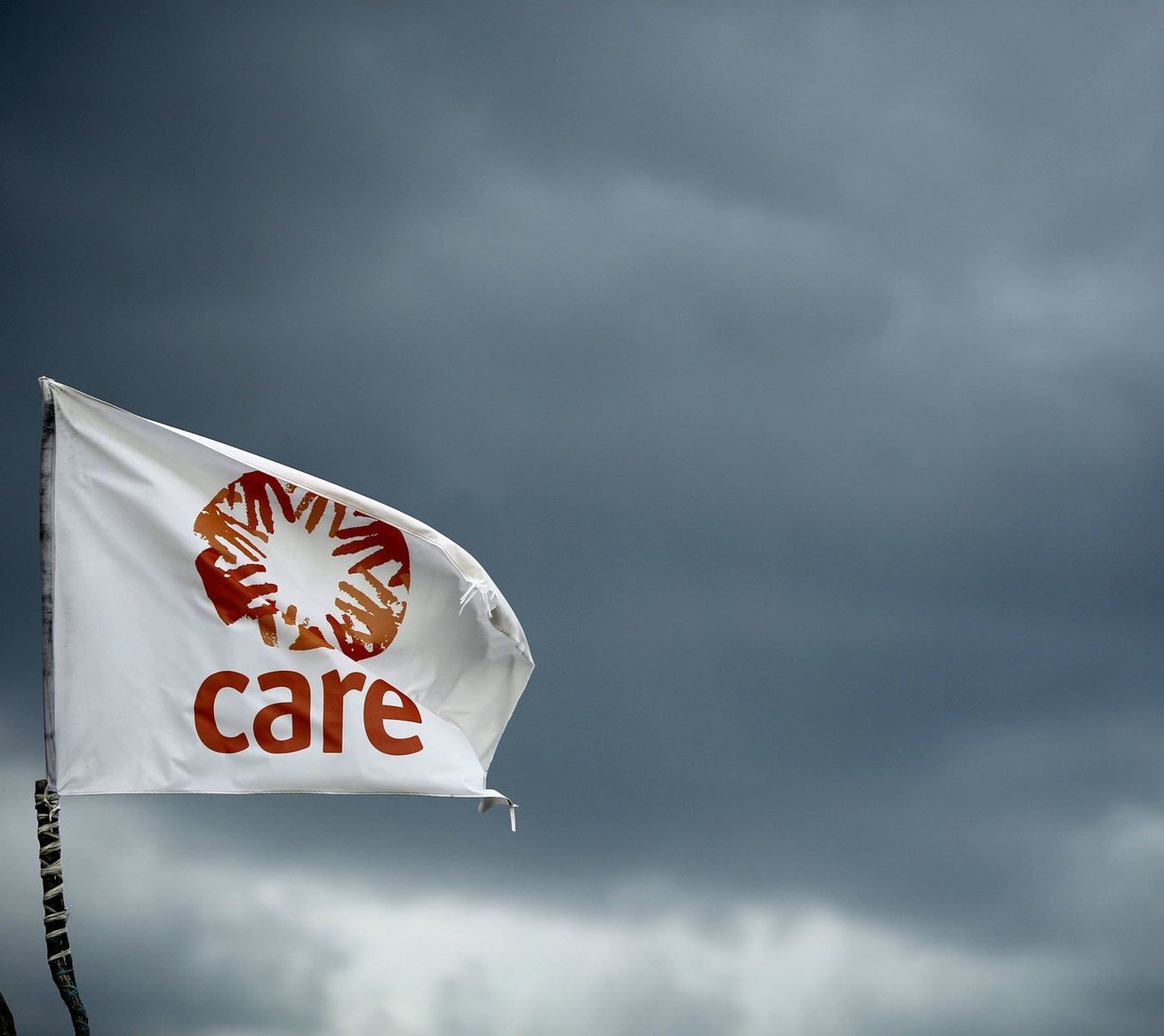Over 3.5 million people are facing severe hunger in Kenya. To access the communities affected by drought and unreachable due to safety concerns and poor road infrastructure, CARE International in Kenya adopted an existing fintech platform to disburse cash transfers. Mobile Cash transfers via money platforms are an easy and sustainable method of supporting individuals during a humanitarian crisis such as what is being experienced in Northern Kenya,” says Maureen Miruka, CARE Kenya Country Director.











